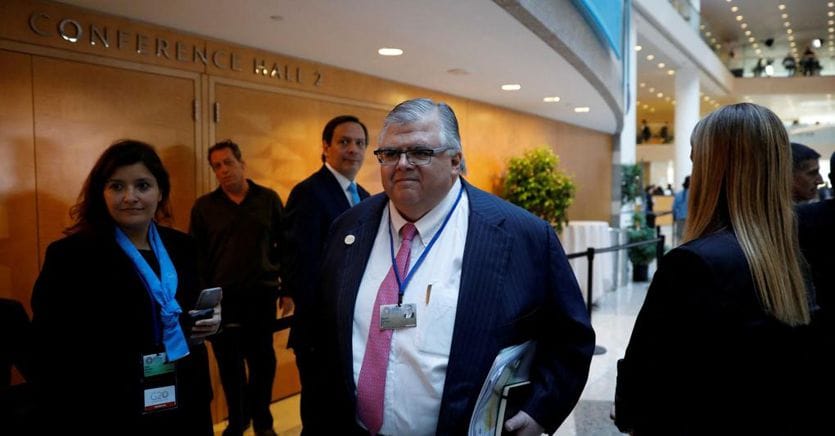Inflation has returned. And she looks like she wants to stay. Only strong and decisive action by central banks, on an ongoing basis, can prevent this risk from becoming a reality.
After years in which it has remained below the targets set by central banks, inflation has reached levels that put households, businesses and policymakers in great turmoil. The war in Ukraine has pushed up the prices of raw materials and energy, exacerbating price growth already spurred by the monetary and budgetary measures adopted in reaction to the pandemic. With price increases now spreading to all sectors and all countries, these developments could herald a new era of high and persistent inflation.
The two phases of inflation
In our latest Annual Economic Report, we at the Bank for International Settlements went to “open the hood” of the engine of the inflationary process, to examine how it works more closely. We have analyzed why and how changes in the price of goods in a typical shopping basket can turn into more general inflation. We have identified two distinct phases of inflation, with very different characteristics and behaviors.
When inflation remains low for a long time, it slowly fades from public concern. Even leaps in the prices of everyday consumer goods such as food and gasoline leave little traces in the long run and do not affect inflation expectations. Inflation stabilizes at a low level. This is the situation that advanced economies have experienced in the last twenty years.
The mechanisms – even psychological – that lead to high inflation
When individual price increases are large enough and frequent enough, however, people notice. In a context of this type, and in particular in the presence of fiscal policies and expansionary monetary policies, the psychological mechanisms of high inflation are triggered: people begin to ask for higher wages to recover the loss of purchasing power, they take measures to protect against the prospect of further price increases, seeks to achieve an automatic link between wages and inflation. Likewise, in the presence of high inflation, companies have more incentives to raise prices to compensate for the reduction in profit margins.
With wages chasing prices, and prices chasing wages, the risk is that there will be a lethal and self-sustaining inflation growth. Once this price-wage spiral starts, stopping it is not easy. High inflation produces even higher inflation, and at that point it becomes much more difficult to return to a low-inflation environment: slowing a vehicle when its cruising speed increases requires much more effort.
